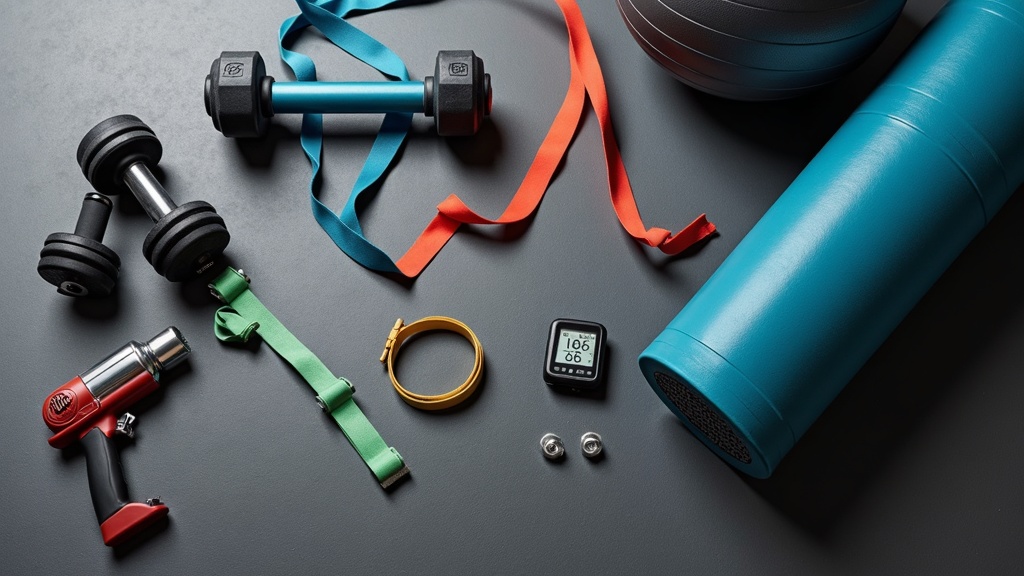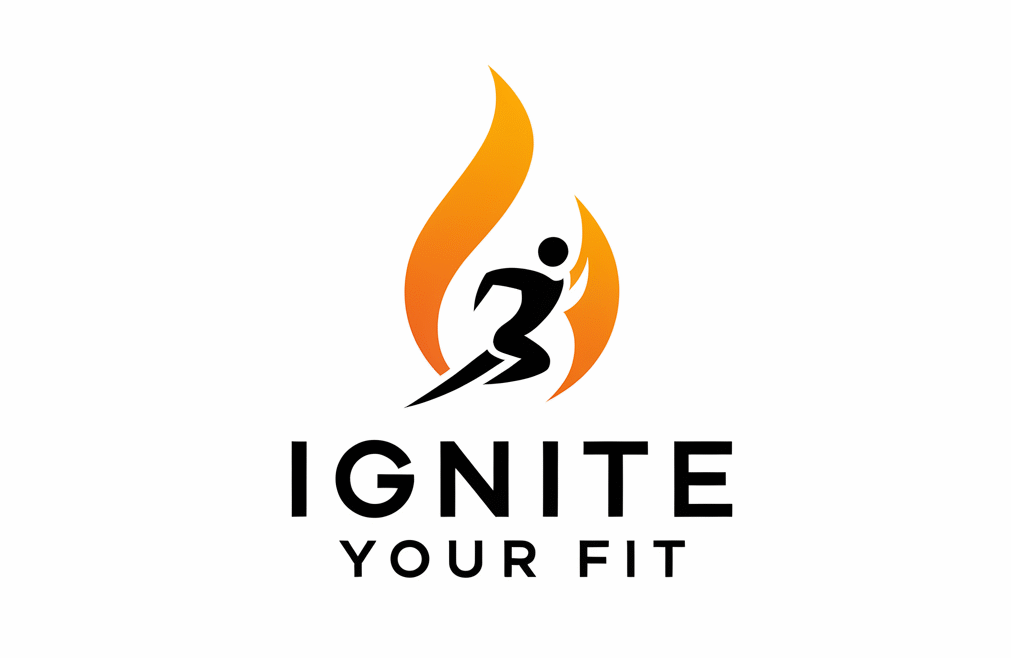 Staying strong and avoiding injuries matters even more for men over 40 than ever before. From my personal experience, turning forty doesn’t mean losing your edge; it means you need to be smarter about your training, recovery habits, and what you eat every day. Men over 40 fitness isn’t about pushing harder—it’s about playing the long game, focusing on building muscle after 40 so you can stay sharp, energetic, and confident no matter what life brings.
Staying strong and avoiding injuries matters even more for men over 40 than ever before. From my personal experience, turning forty doesn’t mean losing your edge; it means you need to be smarter about your training, recovery habits, and what you eat every day. Men over 40 fitness isn’t about pushing harder—it’s about playing the long game, focusing on building muscle after 40 so you can stay sharp, energetic, and confident no matter what life brings.
It’s easy to get stuck in routines that worked in your thirties. But your body now needs a new approach. Sore joints or slow recovery? That’s normal, but you can still lift heavy and stay lean if you’re smart about it. With the right strength training for men over 40, combined with practical tools for injury prevention and workout recovery, you’ll keep making gains without dragging for days afterwards.
In this guide, I’ll answer four key questions men often ask when they’re getting back into shape or looking to take things up a notch after forty. Then I’ll walk you through my top twelve fitness tools (in order of importance) that help men over 40 stay strong, mobile, and injury-free. Whether your goal is to keep up with the younger crowd or just make the daily grind easier, these tools and tips are game changers.
Can You Still Build Muscle at 40 as a Male?
This question comes up constantly, and the answer is a resounding “yes.” Building muscle after 40 is totally possible—I’ve seen guys get stronger and more muscular into their fifties and sixties. You just need a little more patience, smarter recovery, and be willing to make some tweaks.
- Use progressive overload: Gradually raise resistance, reps, or sets every few weeks to keep improving.
- Prioritize mobility and joint care: Include a warmup, daily stretches, and try mobility tools like foam rollers or massage guns to ease tension.
- Dial in protein and nutrition: Eating enough protein is crucial. I aim for roughly 1 gram per pound of body weight for muscle building.
Trainers and research consistently show that men over 40 build muscle when they train regularly and take care of their nutrition and rest. Injury prevention is bigger than ever now, so the right tools can really change the game for you.
What is the 3-3-3 Rule Gym?
The 3-3-3 rule is a newer, popular trend online. It stands for three sets of three reps with three minutes’ rest, focusing on lifting heavy and building sheer strength, especially with major moves like squats, deadlifts, and bench presses.
For men over 40, this method can work, but isn’t the perfect choice for most guys just starting out:
- It’s great for strength building, but heavy weights can put lots of strain on joints and tendons—especially as we age.
- If you get into the 3-3-3 rule, make sure to warm up well and never skip on mobility drills.
- Most men over 40 do better with mixed rep ranges (for example, 6–12 reps to build muscle, 3–5 for pure strength). This gives gains while also helping with injury prevention.
The 3-3-3 rule has its place if you’re experienced and careful. But for most men over 40, using a mix of styles is safer and more effective overall.
What is the Best Workout for a 40-Year-Old Man?
There’s no magic formula for everyone, but a strong workout plan for men over 40 usually includes:
- Strength training: Focus on big movement patterns like squats, pushups, rows, and presses. These moves target the largest muscle groups and help you hold onto muscle after 40.
- Mobility and flexibility: Work in dynamic stretches, yoga moves, or foam rolling to keep your joints happy and pain-free.
- Cardio: Even quick 10-20 minute sessions of walking, cycling, or rowing several times a week help your heart and overall stamina.
Here’s a quick sample week to get you started:
- Day 1: Full-body strength (dumbbell squats, pushups, rows)
- Day 2: Cardio plus mobility (like cycling then foam rolling)
- Day 3: Upper body (shoulder presses, TRX rows, biceps curls)
- Day 4: Active recovery or extra cardio
- Day 5: Lower body and core work (lunges, deadlifts, planks, stability ball exercises)
This setup gives your joints and muscles a chance to recover while still getting in enough work to build strength.
How Often Should a 40-Year-Old Man Lift Weights?
Aiming for three to four strength training sessions each week is ideal for men over 40. This gives your body enough downtime for recovery and lets you push hard enough to see real results.
- If you’re new to lifting, go with two to three full-body routines weekly at first.
- If you’re more experienced, try three to four sessions spread across upper body, lower body, and possibly a day focused on core or mobility.
- Don’t be afraid to add “active recovery” days—this could mean walking, mobility stretching, or foam rolling for improved recovery and less soreness over time.
The best recovery tools (like the ones below) help ease aches and make sure you can show up for the next workout. It’s not about beating yourself into the ground anymore—a smarter approach boosts gains, keeps you pain-free, and helps you stay consistent.
Best Fitness Tools for Men Over 40 – Ranked List
Here are my twelve favorite fitness tools for men over 40. Every one of them makes muscle building after 40 more doable, speeds up recovery, or helps keep injuries off your radar.
1. Resistance Bands
- Ridiculously versatile for warming up, doing mobility work, or strength training—without straining your joints.
- Portable for home, travel, or light recovery.
- Tip: Try bands for shoulder work, hip mobility, and finishers after lifting.
2. Adjustable Dumbbells
- Save space, let you easily raise or lower weight, and are essential for progressive overload.
- Super useful for safe strength work at any level.
- Tip: Control the lowering portion of every rep to protect elbows and shoulders.
3. Kettlebells
- Add variety to your routines. Great for dynamic strength, cardio, and real-life movement skills.
- Builds grip and core strength—crucial for injury prevention as you age.
- Tip: Master swings and goblet squats before progressing to overhead lifts.
4. TRX Suspension Trainer
- Body weight training for all levels; gentle on joints and easily adjustable.
- Boosts core and small stabilizer muscles, making you stronger overall.
- Tip: Adjust the angle to match your strength, and don’t push too far too soon.
5. Foam Roller
- Best for workout recovery—use it to roll out sore quads, hamstrings, and your back after lifting.
- Cuts down on soreness and improves mobility between gym sessions.
- Tip: Stick to tight muscle spots but avoid rolling directly on joints.
6. Massage Gun
- Breakups muscle knots and tension after heavy gym days or cardio sessions.
- Speeds up recovery, feels fantastic on stiff shoulders and back.
- Tip: Use on large muscle groups; avoid bony areas.
7. Pull-up Assist Band
- Makes pull-ups possible even if you aren’t strong enough yet, and it protects aging shoulders.
- Ideal for assisted dips and extra mobility drills.
- Tip: Pick a thickness that lets you complete at least 5-8 quality assisted reps.
8. Weighted Vest
- Cranks up the intensity on walks, body weight, or stair workouts without overdoing it on your joints.
- Useful for moderate resistance training or easy-to-do “zone 2” cardio.
- Tip: No need to overload; keep it under 10% of your body weight for best results.
9. Heart Rate Monitor
- Lets you track your work output and see if you’re pushing too hard (or not enough).
- Helps prevent overtraining and improves your cardio results.
- Tip: Shoot for 120–140 bpm on steady-state cardio for the perfect fat-burning and joint-friendly range.
10. Mobility Stick (or PVC Pipe)
- Smooths the way for safe stretching and mobility moves.
- Essential for shoulder openers and hip stretches—especially after 40 when tightness creeps in fast.
- Tip: Use during warmups for shoulder dislocates or twists.
11. Stability Ball
- Takes classic moves like pushups or planks and gives your core an extra challenge, improving balance and support for your spine.
- Perfect for ab moves, gentle stretches, or even as a chair to mix things up while working from home.
- Tip: Try stability ball planks, wall squats, or hamstring curls for safe and effective muscle work.
12. Adjustable Bench
- Lets you do incline presses, step ups, and dumbbell rows—no awkward setups necessary.
- Keeps your form locked in and expands what you can do in your home gym without taking up much space.
- Tip: Pair with dumbbells for safe chest, shoulder, and back work.
Stay Strong, Stay Safe; Consistency is Key
The right tools make your workouts safer, your recovery smoother, and your strength progress feel possible well beyond forty. Muscle building after 40 shouldn’t mean gritting your teeth and pushing through constant pain; it’s about training smart, recovering fully, and picking gear that matches your body’s real needs. All these tools have a place in my routine—and they’ve helped countless guys I’ve worked with keep showing up week after week.
Start simple and gradually add what fits your goals. Combined with balanced routines and steady recovery, these tools help you smash your men over 40 fitness goals while feeling strong—and injury-free—for years ahead.
